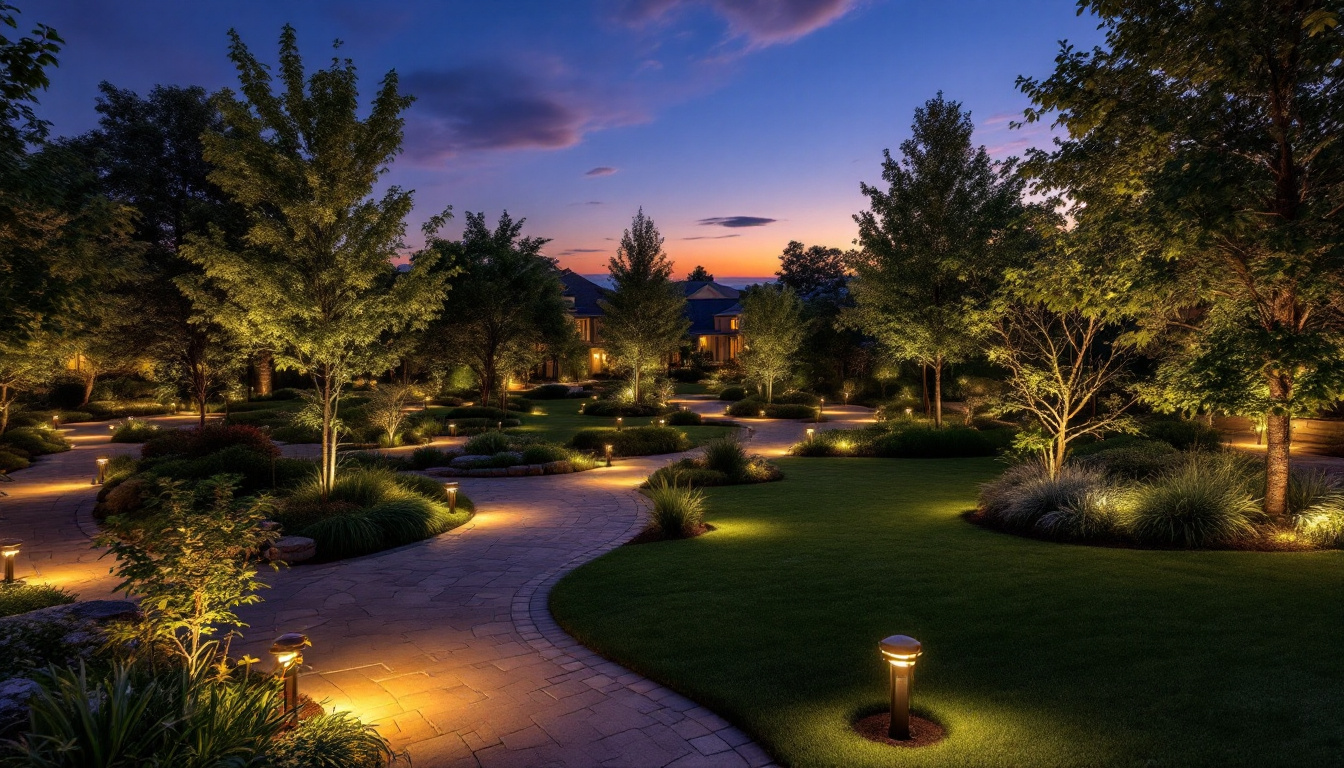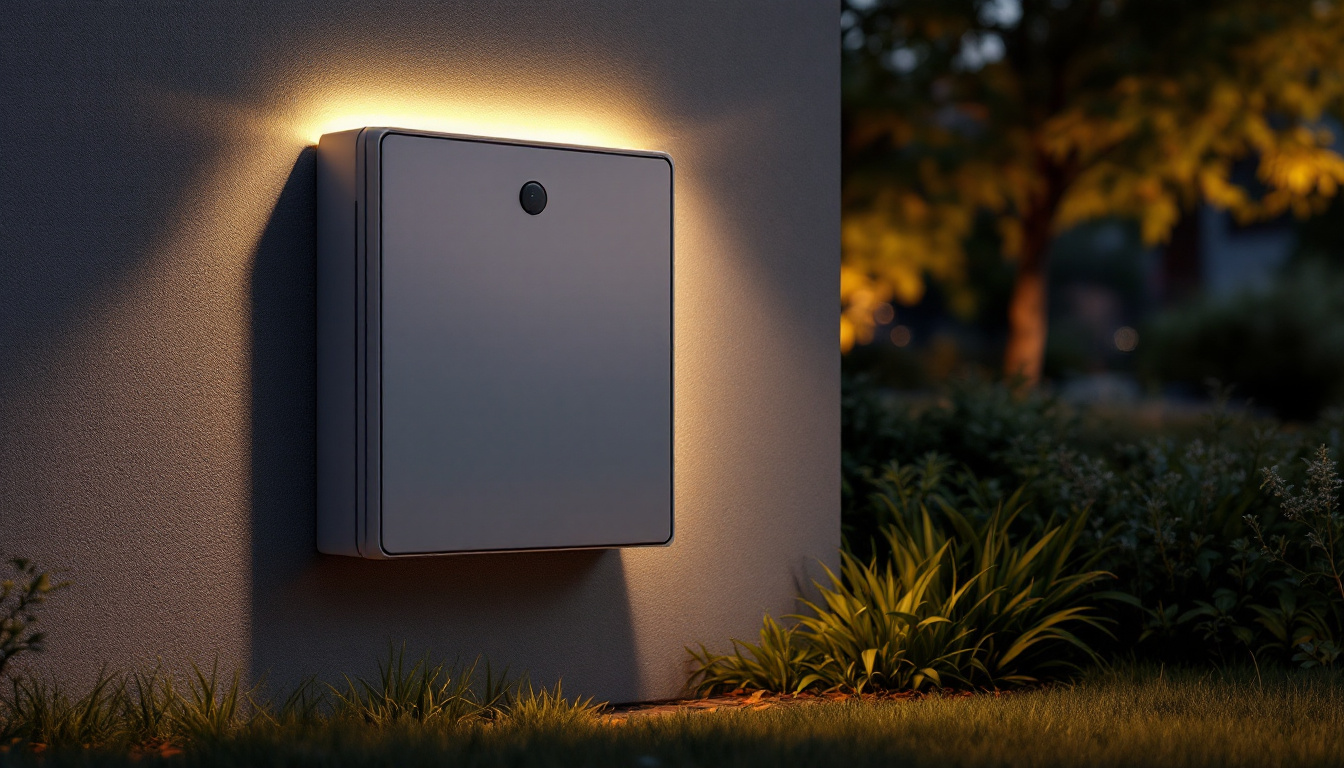
In the realm of outdoor lighting, LED wall lights have become a staple for enhancing both aesthetics and functionality. For lighting professionals, understanding the nuances of outdoor LED wall lighting is crucial for delivering exceptional results. This article serves as an essential checklist, guiding contractors through the key considerations and best practices when selecting and installing outdoor LED lights for walls.
Before diving into the specifics, it is important to grasp the fundamental aspects of outdoor LED wall lights. These fixtures are designed to withstand various environmental conditions while providing efficient illumination. Their versatility makes them suitable for a range of applications, from residential patios to commercial building exteriors. With advancements in technology, LED wall lights have become more energy-efficient and longer-lasting, making them an increasingly popular choice for both homeowners and businesses alike.
In addition to their functional benefits, outdoor LED wall lights also play a significant role in enhancing the aesthetic appeal of outdoor spaces. By strategically placing these lights, you can highlight architectural features, illuminate landscaping, and create inviting atmospheres for gatherings or events. The right lighting can transform a mundane outdoor area into a vibrant and welcoming environment, encouraging more time spent outside.
Outdoor LED wall lights come in various styles and designs, each serving different purposes. Some common types include:
When selecting outdoor LED wall lights, several features should be evaluated to ensure optimal performance:
Another important consideration is the energy efficiency of outdoor LED wall lights. Many models are designed to consume significantly less energy compared to traditional lighting options, which not only reduces electricity bills but also lessens the environmental impact. Additionally, the longevity of LED lights means they require less frequent replacement, contributing to lower maintenance costs. As technology continues to evolve, more innovative features, such as smart connectivity and motion sensors, are becoming available, allowing users to control their outdoor lighting remotely or set it to activate only when needed.
Proper installation is crucial for the longevity and effectiveness of outdoor LED wall lights. Lighting professionals must pay attention to various factors during the installation process.
The placement of outdoor LED wall lights significantly influences their performance. Here are some guidelines to consider:
In addition to these basic guidelines, it’s important to consider the surrounding landscape and architectural features when determining placement. For instance, positioning lights near pathways, steps, or entrances can significantly improve safety by illuminating potential hazards. Furthermore, the use of multiple light sources can create a layered lighting effect, adding depth and visual interest to outdoor spaces. This approach not only enhances functionality but also contributes to the overall ambiance of the area.
Electrical safety is paramount when installing outdoor lighting. Professionals should ensure that:
Moreover, it is advisable to incorporate a timer or smart lighting system that allows for automated control of the outdoor lights. This not only enhances convenience but also promotes energy efficiency by ensuring that lights are only on when needed. Additionally, professionals should consider the local electrical codes and regulations, as these can vary significantly by region. Compliance with these standards is essential to ensure a safe installation and to avoid potential penalties or safety hazards in the future.
As energy efficiency becomes increasingly important, outdoor LED wall lights stand out for their low power consumption and long lifespan. However, lighting professionals should also consider additional factors to enhance sustainability.
Integrating smart technology into outdoor LED wall lighting can significantly improve energy efficiency. Smart lighting systems allow for:
For projects aiming for sustainability, solar-powered outdoor LED wall lights offer an excellent alternative. These fixtures harness solar energy during the day and provide illumination at night without relying on the grid. Key benefits include:
While functionality is critical, the aesthetic appeal of outdoor LED wall lights cannot be overlooked. Lighting professionals must consider how these fixtures will complement the overall design of the space.
Outdoor LED wall lights come in a variety of styles, from contemporary to traditional. Choosing the right style and finish can enhance the architectural features of a building. Factors to consider include:
Creating visual interest through lighting effects can elevate an outdoor space. Professionals should consider techniques such as:
To ensure outdoor LED wall lights remain functional and visually appealing over time, maintenance is essential. Lighting professionals should educate clients on proper care and upkeep.
Conducting regular inspections can help identify potential issues before they become significant problems. Key areas to check include:
While LED lights have a long lifespan, other components may require replacement over time. Professionals should advise clients on:
When installing outdoor LED wall lights, compliance with local regulations and industry standards is imperative. Lighting professionals must stay informed about the following:
Each region may have specific building codes that dictate installation practices, energy efficiency standards, and safety measures. Familiarity with these codes ensures that installations are compliant and safe.
In some areas, regulations may address the environmental impact of outdoor lighting. Professionals should be aware of:
Outdoor LED wall lights are an essential component of modern lighting design, offering both functionality and aesthetic appeal. For lighting professionals, understanding the intricacies of these fixtures—from selection and installation to maintenance and compliance—is crucial for delivering high-quality results. By following this essential checklist, contractors can ensure their projects not only meet client expectations but also contribute to sustainable and energy-efficient outdoor environments.
Ready to elevate your lighting projects with the best in outdoor LED wall lights? At LumenWholesale, we offer an impressive selection of spec-grade lighting products that combine quality and affordability. Say goodbye to middleman markups and hello to wholesale prices that fit your budget. With our commitment to industry standards and hassle-free bulk buying, you can trust that your installations will shine with reliability and performance. Don’t compromise on cost or convenience—explore our collection and discover the value of wholesale lighting done right.

Discover essential tips and best practices for lighting contractors to effectively install solar landscape lights.

Discover how the best landscape lighting can give lighting contractors a competitive edge.

Discover the essential role of outdoor electricity box covers in enhancing energy-efficient lighting.

Discover the top 8-foot LED shop lights that can transform your workspace.